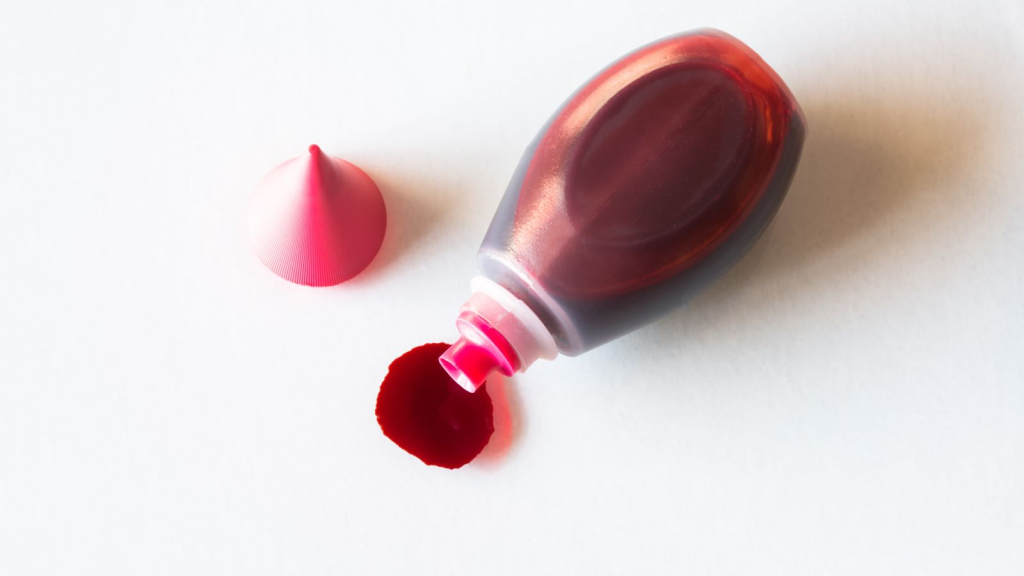The U.S. Food and Drug Administration (FDA) has announced a ban on Red Dye 3, a synthetic color additive used in foods, beverages, and ingested drugs. This decision, effective by January 2027, comes decades after scientific studies linked the dye to cancer in lab animals, sparking concerns about its safety.
What Is Red Dye 3?
Red Dye 3, also known as erythrosine or FD&C Red #3, is a petroleum-based synthetic dye that gives products a vibrant cherry-red color. It has been widely used in candies, baked goods, dairy products, medications, and more since its approval in 1907.

Concerns about the dye’s safety arose in the 1980s when studies on rats linked high doses of Red Dye 3 to tumor formation. Although the FDA banned its use in cosmetics in 1990 under the Delaney Clause—which prohibits the use of additives linked to cancer in animals or humans—it continued to allow its use in food and drugs until now.
FDA Bans Red Dye 3: What You Need to Know
The FDA’s recent decision follows a 2022 petition by consumer advocacy groups, including the Center for Science in the Public Interest (CSPI) and the Environmental Working Group. Despite claims that typical human exposure to the dye is much lower than the levels found harmful in animals, the agency determined that its ban is a legal necessity under the Delaney Clause.
Ken Cook, president of the Environmental Working Group, called the move a “monumental victory” for consumer health. However, he emphasized that the FDA should have acted much sooner to remove the additive from the food supply.
Why Is the Ban Important?
The FDA’s decision is a significant step in addressing health concerns tied to artificial additives. Research has shown that artificial dyes, including Red Dye 3, may contribute to:
- Cancer Risks: Studies on lab animals have linked the dye to tumor growth.
- Behavioral Issues in Children: Some evidence suggests dyes may exacerbate hyperactivity and attention disorders.
Critics argue that the delay in banning Red Dye 3 highlights gaps in the FDA’s regulatory system, which has been slower to act compared to the European Union and other countries.
What Foods Use Red Dye 3?
Red Dye 3 has been commonly found in:
- Candies: Products like Brach’s Candy Corn and Conversation Hearts.
- Baked Goods: Frostings, such as Betty Crocker’s Red Decorating Icing.
- Dairy and Frozen Foods: Strawberry-flavored milk, popsicles, and ice cream.
- Fruit Products: Some maraschino cherries and canned fruit cocktails.
- Beverages: Strawberry-flavored drinks, including nutrition shakes.
- Medications: Certain gummy vitamins and liquid medicines.

How to Identify and Avoid Foods with Red Dye 3
Until the ban is fully implemented, consumers can take steps to avoid products containing Red Dye 3:
- Read Labels Carefully: Look for “FD&C Red #3,” “erythrosine,” or “Red 3” in ingredient lists.
- Choose Natural Alternatives: Opt for products using natural colorants like beet juice.
- Limit Ultra-Processed Foods: Many processed snacks and beverages rely on synthetic dyes.
For medications, consult your healthcare provider about dye-free options or alternatives.
The FDA’s ban on Red Dye 3 aligns with global standards, as the European Union banned the dye in 1994, and California prohibited it in 2023. Advocacy groups hope this signals a broader shift toward stricter regulation of synthetic food additives in the U.S.
Experts like Dr. Thomas Galligan of CSPI believe the FDA has a long road ahead. “This action addresses a glaring issue, but the system that allowed Red Dye 3 to remain in foods for decades is still broken,” he said.


